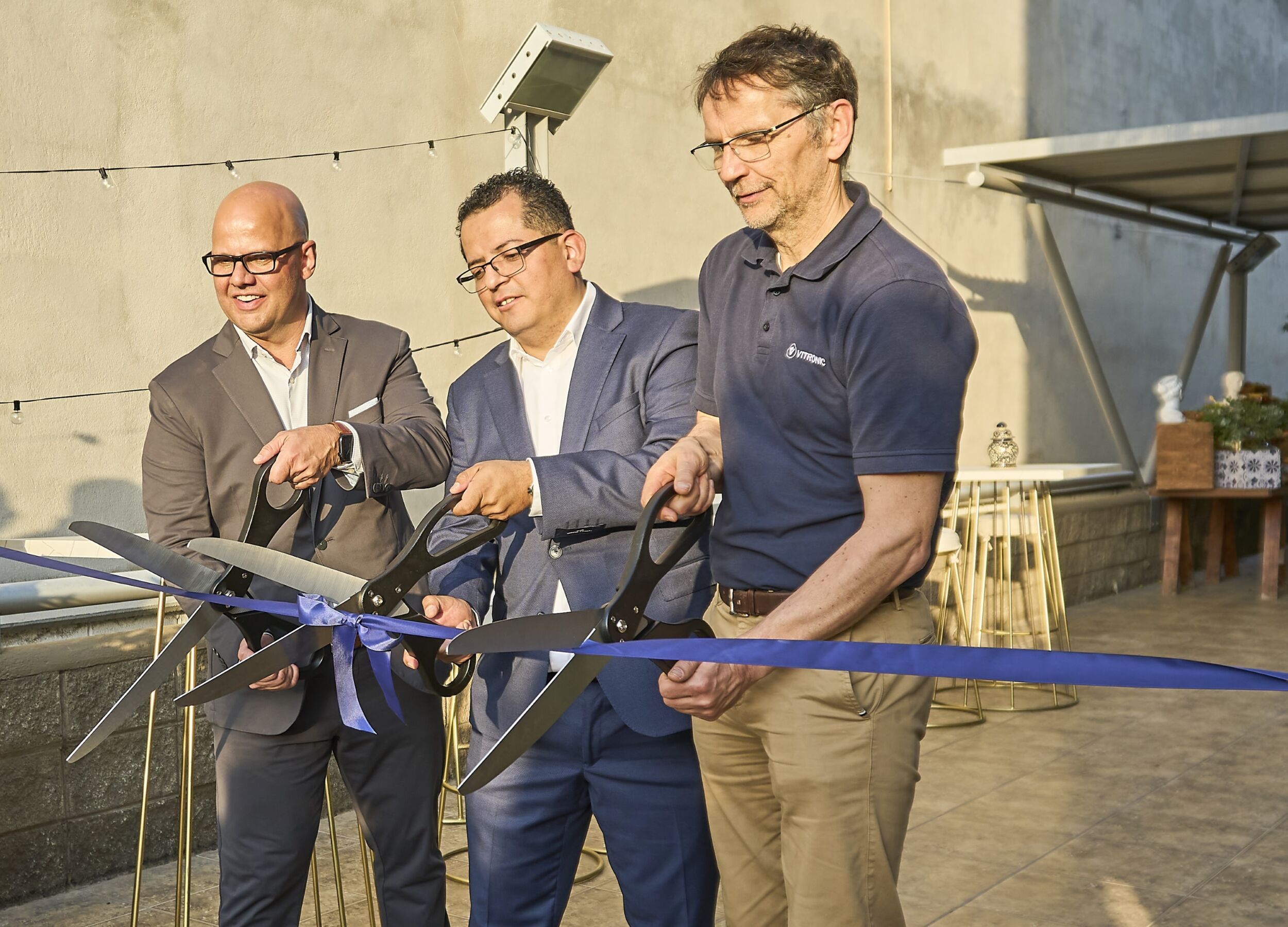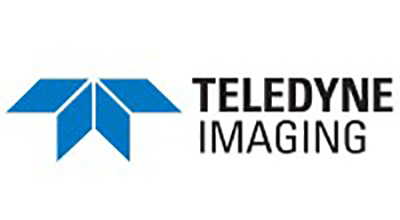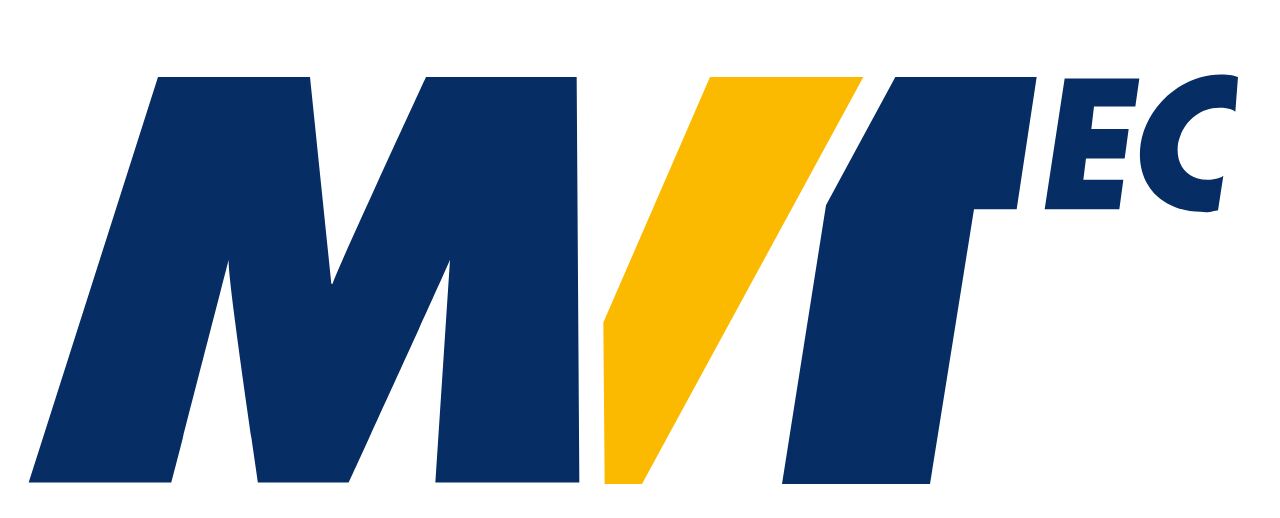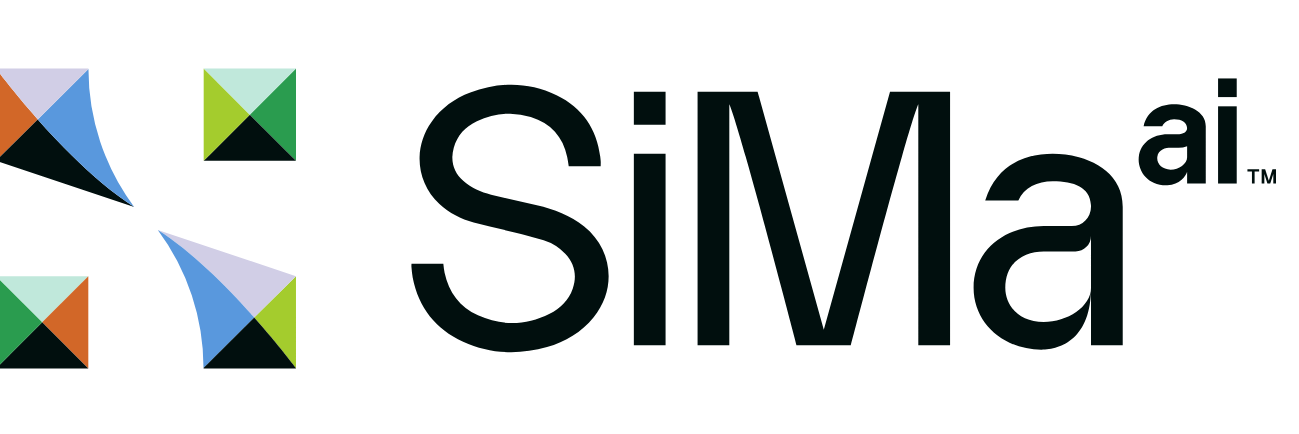CoaXPress 2.0
CoaXPress 2.0 – Extended bandwidth and more …
The CoaXPress (CXP) Standard Version 2.0 brings a new set of features while remaining backwards compatible to CXP 1.1.1. This articel is an overview of these new features along with example use cases.

A CXP 2.0 link with four CXP-12 connections can support a maximum data transfer rate of 50Gbps, or 5GBytes/s. A four-connection CXP-12 frame grabber delivers in a single slot more bandwidth than four Camera Link Full frame grabbers. (Bild: Euresys s.a.)
A CXP 2.0 link with four CXP-12 connections can support a maximum data transfer rate of 50Gbps, or 5GByte/s. This is sufficient to operate a 10bit 12MP area-scan sensor at more than 300fps, or an 8bit 16k line-scan sensor at 300 thousand lines/s. A single connector CXP-10 camera delivers greater bandwidth over a single cable than a Camera Link (CL) Extended Full 80bit configuration, which delivers 6.8Gbps over two cables. A four-connection CXP-12 frame grabber delivers in a single slot more bandwidth than four CL Full frame grabbers. In addition, CXP 2.0 also increases the up-connection bitrate, from host to device, from 20.83Mbps to 41.6Mbps for CXP-10 and CXP-12, enabling a host to send trigger messages to a camera at rates of almost 600kHz in single trigger message mode or almost 300kHz in dual trigger message mode (rising/falling edges). Due to the efforts expended on cable drivers and equalizer to make CXP-10 and CXP-12 possible, the cable lengths for lower bitrates were significantly improved. Other new features are …
Support for Micro-BNC connectors: Driven by the extended bitrates, CXP 2.0 includes support for Micro-BNC (also known as HD-BNCTM) connectors. This connector is designed to handle transfer rates up to 12Gbps. It is widely used in the world of broadcast for 12G-SDI links and features unmatched mechanical stability, compact size (similar to DIN 1.0/2.3), and suitable electrical properties.
Unified Time Stamping allows reporting events coming from Devices, Hosts, and software into a unified time reference. The basis is that Host and Device maintain an internal and independent free-running time clock. Both Host and Device will timestamp internal events with their respective time clock (t-dev for Device events and t-host for Host events). The Device periodically sends a time synchronization message to the Host, allowing it to keep track of the relationship between t-dev and t-host. Based on this relationship, the Host can translate any timestamp expressed in t-dev to a timestamp expressed in t-host.
Event channel is a new communication path introduced in CXP 2.0 that provides the Device a mechanism to asynchronously send messages and status updates to a Host. All Event messages are timestamped using the Unified Time Stamping mechanism. Through this new channel, the Device can precisely inform the application when specific internal events occur, for instance, the start of exposure or input/output signal states.
Error reporting: CXP 2.0 introduces a series of counters to give users a clear view of the link quality during operation. These counters are incremented whenever a link-related problem occurs, e.g.Link loss, wrong 8b/10b symbols detected, CRC errors, and differences between duplicated characters. The application can read or reset these counters via GenApi.
Control Packet Tag: CXP 2.0 also introduces a tag field into control packets in order to improve the robustness of the control channel. The tag field is a free running number, incremented for each new command issued by the Host. The Device (camera) must send an acknowledgement message along with the tag received in the corresponding command packet. With this rule, the Host and the Device can consistently recover from error conditions, for example, in case of a lost acknowledgement message. In this case, after a given time-out, the Host will resend the command while keeping the same tag. The Device will be able to verify if this command was already executed based on the received tag.
Data Sharing: CXP 2.0 defines rules for data sharing, where a Device simultaneously streams data to more than one Host. A Device capable of data sharing must have more than one link and each link (sub-Device) must be a standard CXP link. This means that from the Host point of view, each link from a data sharing Device can be treated as a regular Device. CXP 2.0 also defines a number of sharing modes for image streams:
1) Vertical Striping: The image is split into ‚v‘ vertical columns, typically where ‚v‘ is the number of sub-Devices.
2) Horizontal Striping: The image is split into ‚h‘ horizontal rows, typically where ‚h‘ is the number of sub-Devices.
3) Line Interleaving: A number of consecutive lines are sent to each sub-Device in turn.
4) Frame Interleaving: Alternate frames are sent to each sub-Device in turn.
5) Image Duplication: The full frame is sent to Other improvements/features in CXP 2.0
The CXP 2.0 standard includes also several clarifications on mechanical, electrical and protocol levels, making it easier to implement and more reliable.












